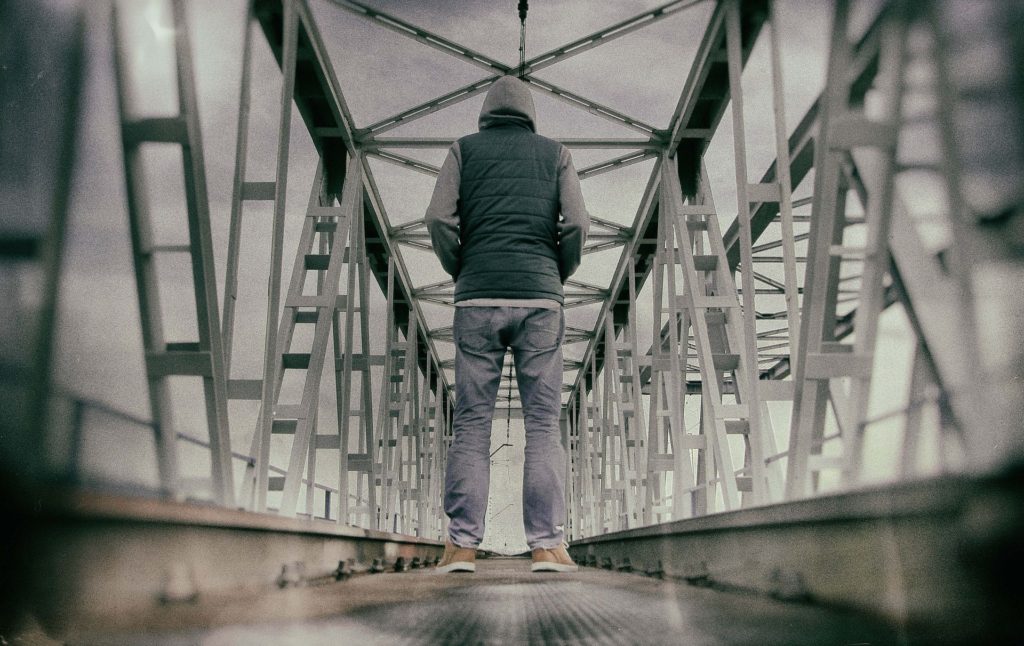
The National Institute of Health defines it as feeling restless, wound-up, or on edge. Other symptoms include being easily fatigued, having difficulty concentrating, and having difficulty concentrating. “People with anxiety disorders usually have recurring intrusive thoughts or concerns,” the American Psychological Association states on its website. “They may avoid certain situations out of worry. They may also have physical symptoms such as sweating, trembling, dizziness or a rapid heartbeat.”
Internet searches for acute anxiety were at an all-time high in the U.S. between March 13 and May 9 2020, according to a new study by the University of California, San Diego. The research published in JAMA this week utilized Google Trends data going back to 2004, and found that acute anxiety queries were cumulatively 11% higher than expected during the first two months of the novel coronavirus outbreak.
“Internet searches indicative of acute anxiety spiked early during the pandemic, but have since returned to typical levels, perhaps because Americans have become more resilient to the societal fallout from COVID-19 or because they had already received whatever benefit they could from searching the internet,” the research letter read. The study included search terms including ‘anxiety attacks’ and ‘panic attacks,’ as well as derivatives of those terms, for example ‘anxiety attack symptoms.’ Those terms were chosen because they are the most popular, and because acute anxiety can lead to other mental health problems including depression.
U.S. Census Bureau data from April to the end of July 2020 also shows elevated levels of anxiety across the U.S. 36% of respondents reported clinical anxiety or depression in the study that was undertaken in conjunction with the National Center for Health Statistics. That number is even higher when looking at responses within California. In late July, 44% of adults in the Golden State reported feeling anxiety or depression symptoms within the previous 7 days.
The CDC also has data that shows that symptoms of anxiety disorder and depressive increased considerably in the U.S. between April and June 2020, compared to the same period in 2019. 41% of 5,470 survey respondents reported an adverse mental or behavioral health condition. Alarmingly, the study also showed that 25.5% of participants aged 18-24 years had seriously considered suicide in the 30 days before they responded to the survey.
Prior to 2020, the Anxiety and Depression Association of America (ADAA) stated that nearly 40-million people, or 18% of the U.S. population experience anxiety in any given year. Only 37% of those received treatment for the disorder. According to the World Health Organization 1 in 13 people around the world suffers from anxiety. Risk factors for the disorder include genetics, brain chemistry, personality and life events.
Not only is the general population experiencing anxiety with the change in lifestyle factors and uncertainty in 2020, but research has also shown that hospital patients have elevated anxiety levels, and inflammation. A study in Science Direct this month investigated the psychopathological impact of COVID-19 in survivors, taking into account the effect of clinical and inflammatory predictors. The research came out of the IRCCS San Raffaele Scientific Institute in Milan Italy, and looked into patients’ psychiatric history, their length of hospitalization, and how the setting influenced psychopathology. It found that coronaviruses are associated with psychiatric implication. 56% of study participants scored in the pathological range in at least one clinical dimension, and females suffered more than males. 28% of patients self-rated for PTSD, 31% for depression, 42% for anxiety, 20% for obsessive compulsive symptoms, and 40% for insomnia.
Inflammation was found to play a role in anxiety. “Baseline systemic immune-inflammation index, which reflects the immune response and systemic inflammation-based on peripheral lymphocyte, neutrophil, and platelet counts, positively associated with scores of depression and anxiety at follow-up,” the study said. It recommends further assessment of the psychopathology of COVID-19 survivors and to deepen research on inflammatory biomarkers.
